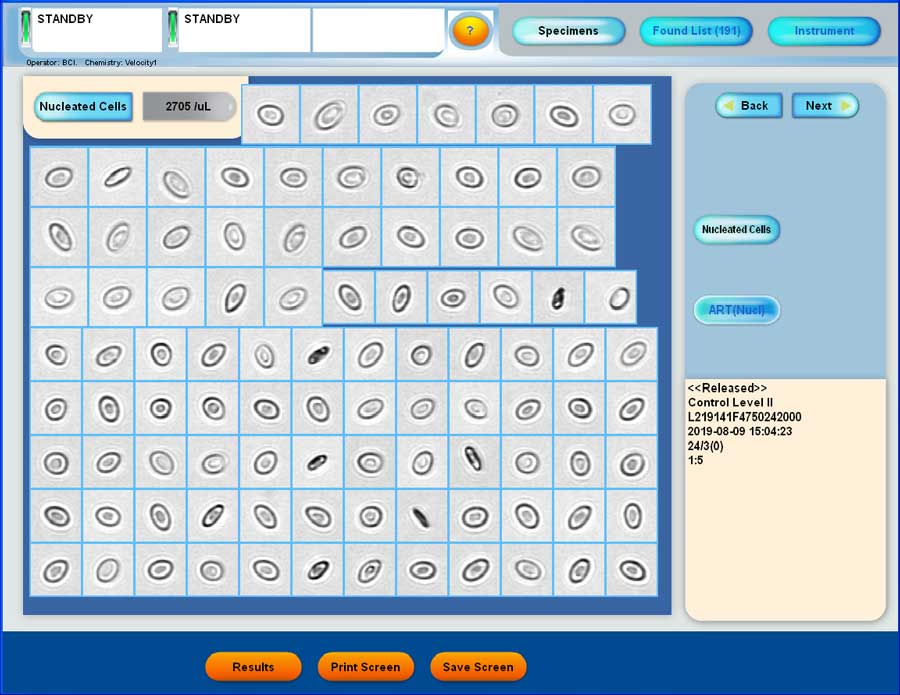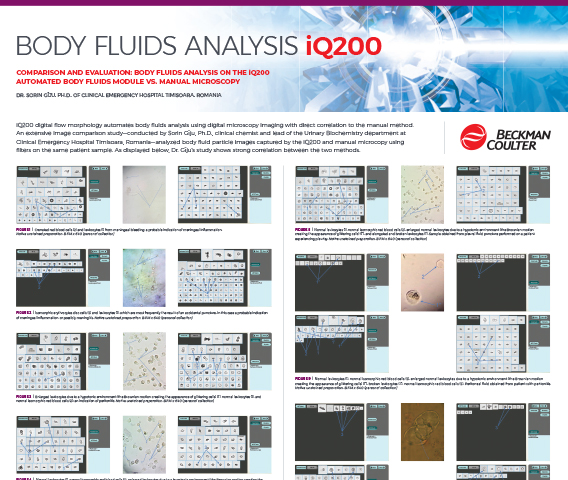The Challenges of Body Fluid Analysis
Body fluid samples—such as cerebrospinal fluid, pleural fluid and more—are precious due to the difficulty of the draw and risk of patient discomfort. Urgent diagnostic data must be gleaned from a very limited sample volume, so accuracy and speed of results take on even greater importance. For this reason, laboratories have traditionally resorted to manual body fluid cell counting to ensure the highest quality of insights.
In recent years, some laboratories have adopted analyzer-based body fluid analysis. However, not all clinical laboratories have sufficient body fluid analysis needs to justify the total cost of ownership of a dedicated body fluid analyzer. Those laboratories may instead choose to use their routine hematology analyzer for body fluid cell counts.
Using a routine hematology analyzer for body fluid cell counts can help avoid the expense of a dedicated body fluid analyzer, but the approach comes with some tradeoffs.
For example, switching a hematology analyzer to a body fluid analysis mode may require pausing the laboratory’s in-progress hematology workload in order to stop and switch the analyzer’s settings. This interruption can slow not just the delivery of body fluid analysis results, but also the delivery of other hematology test results. For the patients and clinicians awaiting results, even a small delay can seem enormous.
 English
English






